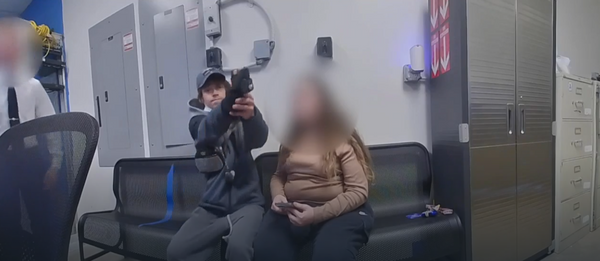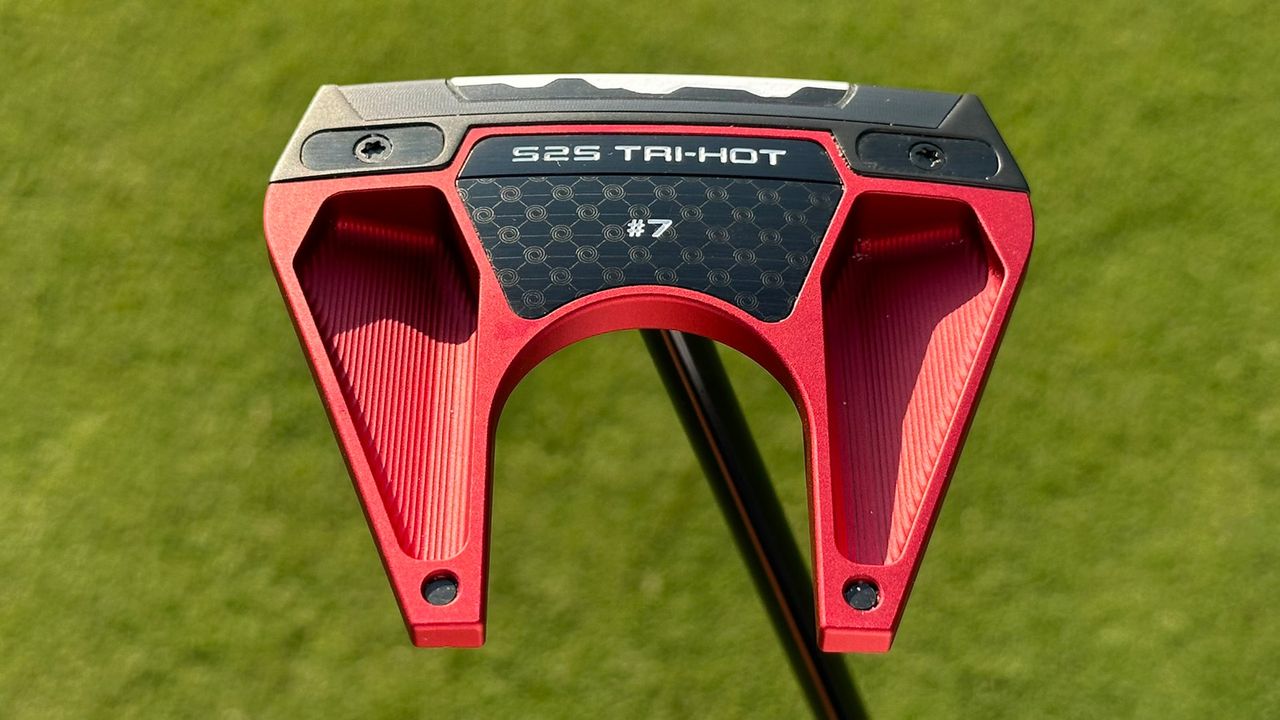
It’s been fascinating to see the development of the zero torque putter category over the past few of years but for many, including myself, it always came with a catch - I’ve struggled with the awkward setup and amount of onset required to make them playable.
Early zero-torque or toe-up models from each of the major manufacturers often required a significant and fairly unnatural forward press grip in order to sit square. Odyssey's new S2S Tri-Hot line has been introduced as a solution to this, and so I took the classic #7 model onto the course to see if this is truly the case.
The #7 is one of three putters in the new S2S Tri-hot lineup (4 if you include the Jailbird Cruiser option), all of which are designed with the brand’s philosophy in mind - "We've moved Zero Torque Forward". This has been achieved through a complex multi-material construction head, unlocking the ability to have the shaft enter the head far closer the the face.
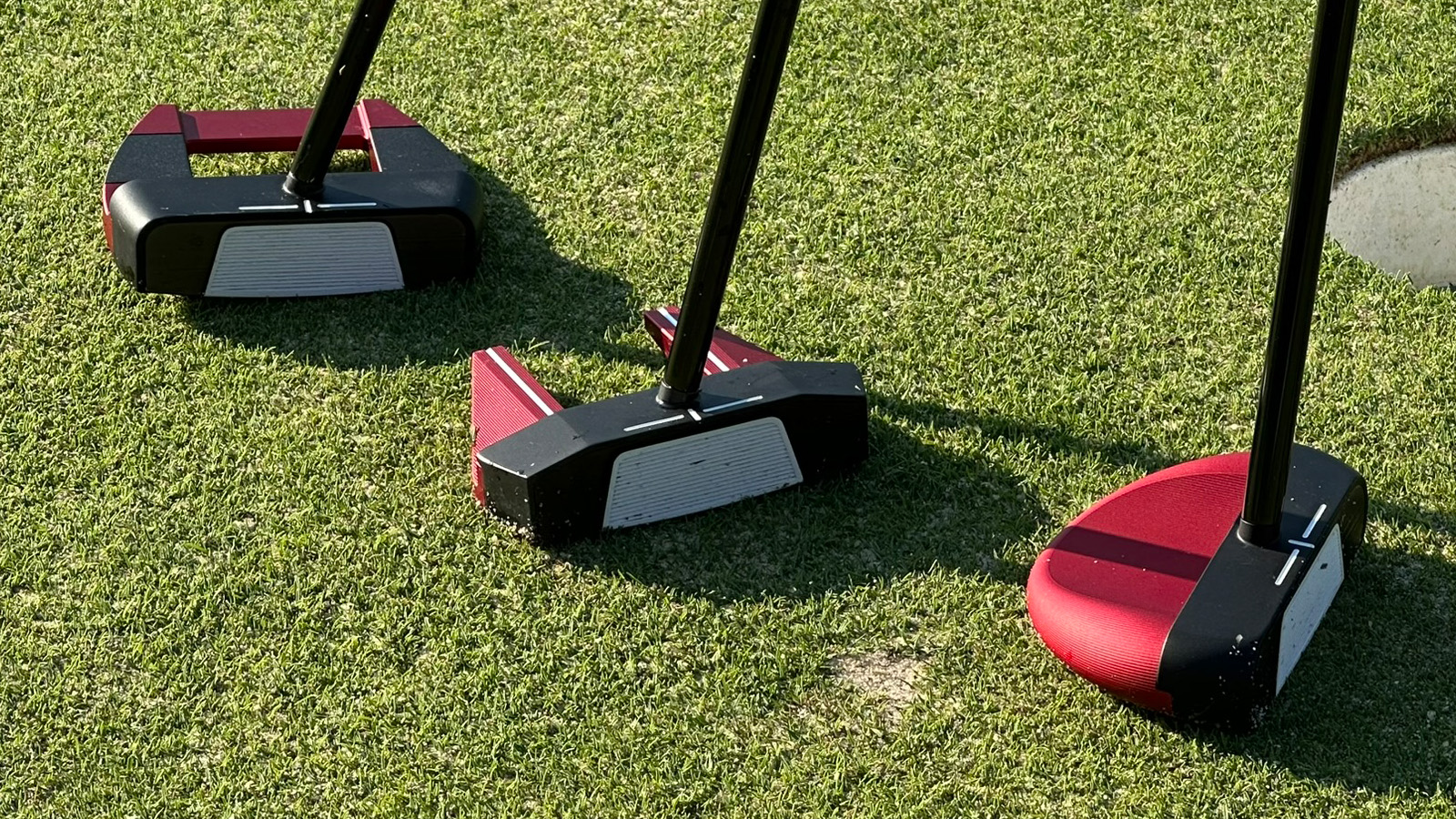
From using lightweight aluminum and steel as well as over 140 grams of tungsten (which is a lot!), Odyssey moved the CG so far forward that over 80 percent of the weight now sits below the topline of the putter. To produce a putter that has zero torque, the shaft must be positioned directly above the center of gravity, creating what is otherwise known as a toe-up balance point.

With the head weight so far forward, the shaft can also enter the head right above the topline, meaning these putters look much more like conventional center-shafted putters rather than zero-torque putters at address. This is something that has bothered me with other zero-torque putters I have tested, so when I first looked down on the putters in this range, I was extremely excited to test them out.
At address, the difference is night and day from the previous S2S range. The putter just sits perfectly square and flush to the ground with no manipulation, and the red and black color scheme looks really clean thanks to the matte finish. This new, cleaner look is a huge visual upgrade and makes alignment effortless, particularly in the #7 shape that I tested.
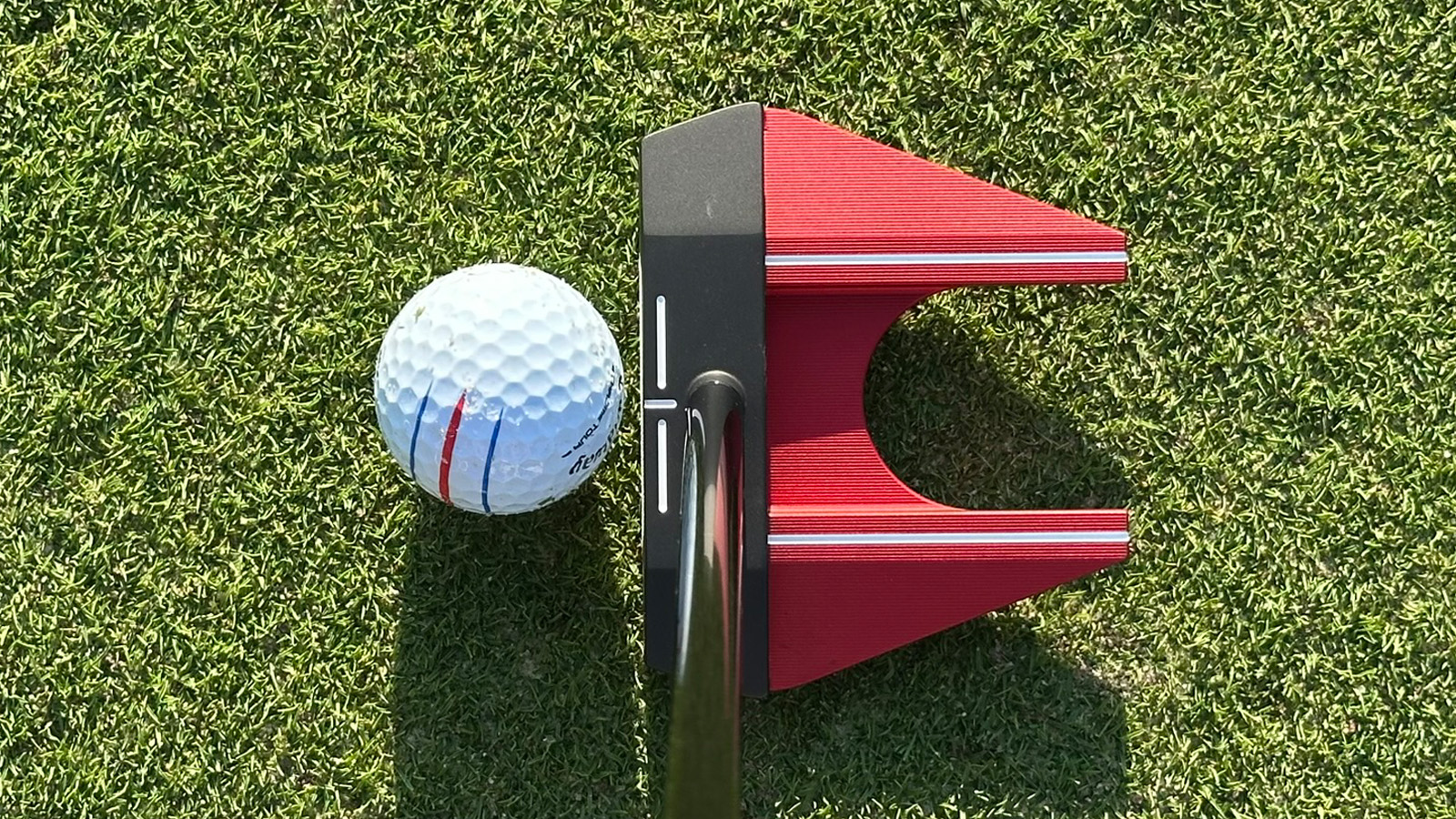
The "fangs" are already a superb alignment tool, but combined with the new cross-hair system, I found it very straightforward to set up to my intended target. The reduction in shaft lean meant I wasn’t fixated on my hand positioning, and I could just let the putter fall into place, and I was good to go.
The feel is the other major story (and upgrade) over the previous Square 2 Square design, thanks to a new Ai-dual insert that is noticeably softer and more responsive than the previous generation. It truly brought back the nostalgia of the original White Hot insert and how cushioned that felt.

This AI-designed, dual-layer insert has a soft outer layer and a firm inner layer, creating a soft, yet responsive sensation. It gives you the plush feel of urethane but with a positive, responsive roll. This is largely down to the new F.R.D. Groove Design, which gets the ball turning end-over-end immediately, thanks to grooves that are positioned at a 19° angle to promote forward roll and consistency.
The entire putter gives off a premium aura, and while they do come to retail at a fairly premium price point ($549/£499), everything I saw and felt when testing goes a long way to justifying it given how many shots are hit with a putter during a round.
The whole lineup features a heavier and stiffer Black SL 120 shaft and a new Pistol Plus grip, which I was a massive fan of. It sat in my hands perfectly and reminded me of a Super Stroke Pistol 2.0 - another putter grip I’ve used regularly over the past few years.

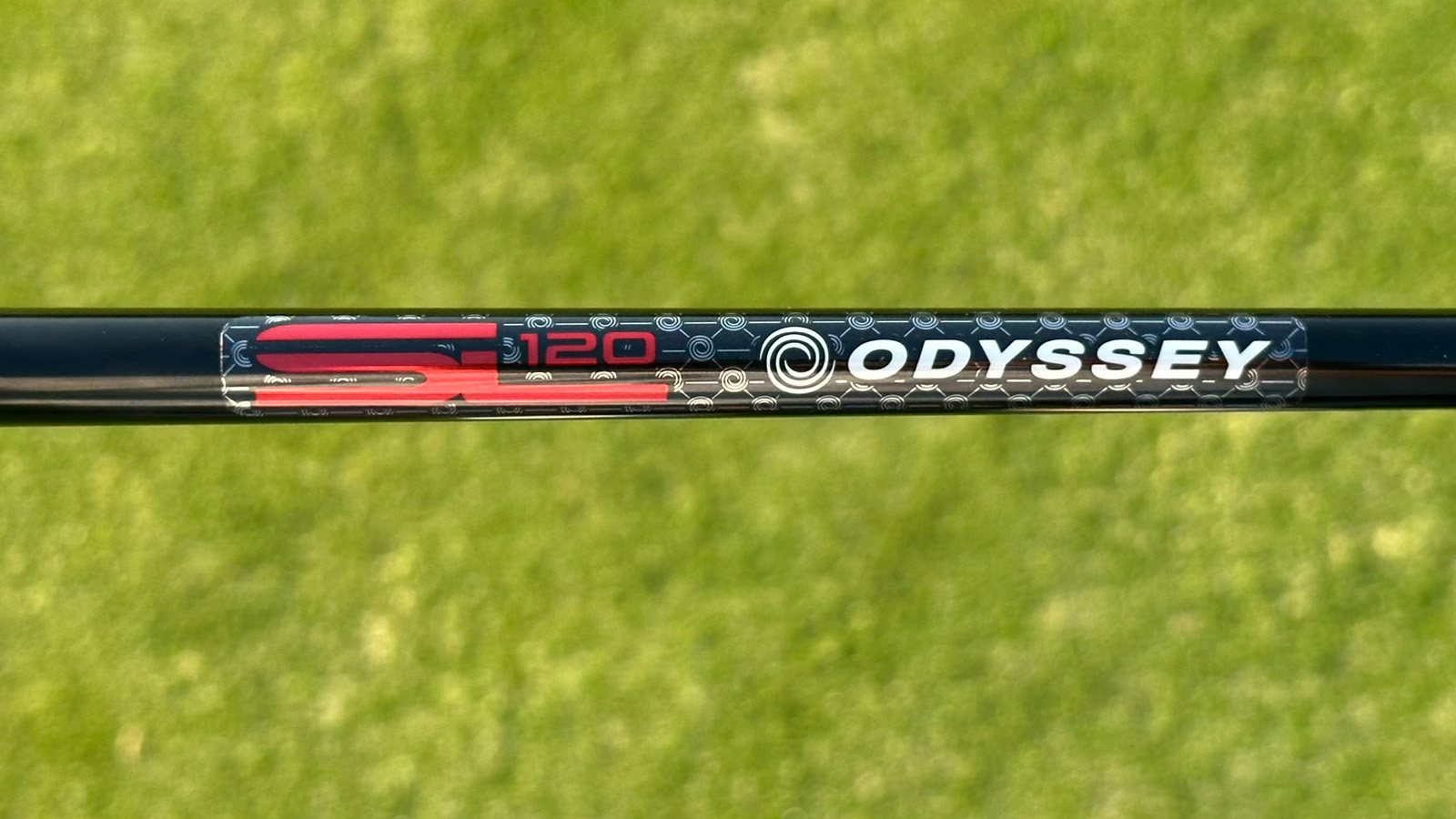
The S2S Tri-Hot #7 and the other putters in the lineup get a double thumbs up from me. It takes the cheat-code stability of "zero torque" and puts it into an intuitive, great-feeling, and confidence-inspiring package that finally feels natural at address and produced a consistent performance when I put it to the test out on the course.


